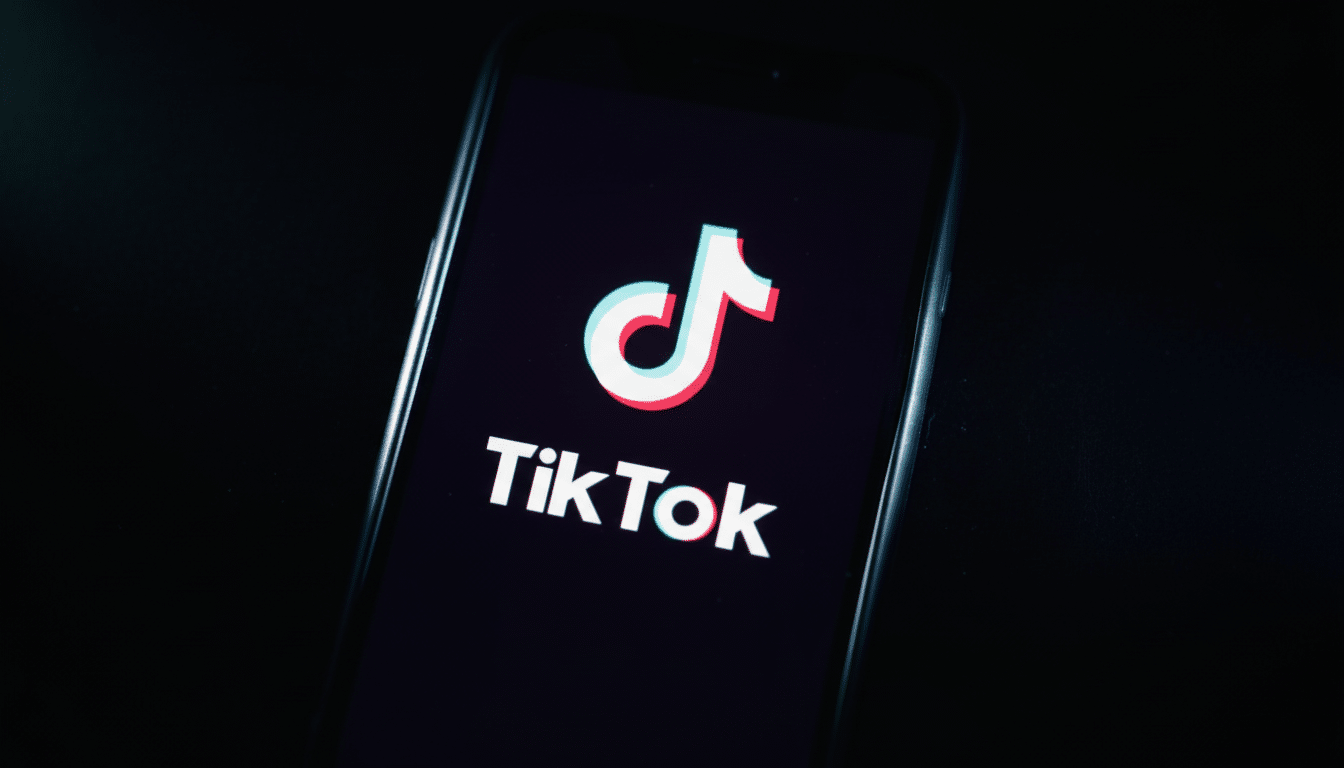Pop songwriter Salem Ilese has resurrected her viral ditty “Mad at Disney” as a pointed TikTok protest, reprising its sugary hook to take a chomp out of both Disney and ABC for Jimmy Kimmel’s on-air suspension.
The 30-second parody framed the late-night pause as a free-speech issue and quickly ricocheted across feeds, transforming a four-year-old earworm into a real-time rebuke to corporate gatekeeping.

A protest remix made for TikTok resonates online
Ilese’s song received a second life on TikTok in 2020 by pricking fairy-tale expectations. Her new verses maintain the tune but swap out disillusionment over Disney princes for outrage at a media conglomerate: she sings about how Disney “canceled” Kimmel when he said his piece, pits all that against cable punditry as usual, and nods to late-night’s tightrope act when politics encroaches on the monologue. It is catchy, snappy and calibrated for the platform’s watch-to-share loop.
Hours later, a follow-up video honed the pressure-campaign narrative by implying that Kimmel’s speedy reinstatement wasn’t an actual change of heart so much as a response to jittery investors and subscriber backlash. The tone is half rallying cry, half callout, with Ilese telling the audience that coordinated posts, unsubscribes and open letters can still dislodge a behemoth.
What the late-night flare-up was about on ABC
ABC briefly yanked Jimmy Kimmel Live! after remarks that prompted formal complaints and an unusually public push from federal regulators for the network to “take action,” raising fears that a license challenge was on its way. The dispute underscores a fault line running through decades of American broadcast regulation: The Federal Communications Commission has authority over decency and licensing, but that jurisdiction is checked by Section 326 of the Communications Act, which bars the government from censoring program content. When pressure campaigns muddy those lines, news and entertainment executives grab for the most conservative option — pull first, ask later.
The move rang alarms within media circles. Late-night colleagues and Hollywood figures condemned the suspension as a perilous caving to political players. “Even without formal orders, regulatory saber-rattling can chill speech online in ways that flout the spirit of the First Amendment,” said Jameel Jaffer, director of the Knight First Amendment Institute at Columbia University and representative of a coalition including experts from his organization and the Electronic Frontier Foundation.
Backlash economics: subscribers, sponsors and shareholders
On the consumer side, TikTok, X and Instagram flooded with posts tagged Disney, ABC and Hulu, many promising to cancel subscriptions in solidarity with Kimmel & against censorship through the persecution of perceived fan-favorite programming. And while they are difficult to confirm at scale, the optics matter: consumer boycotts and advertiser pullbacks have driven course corrections across media — from talk radio to cable news — long before regulators ever utter a word.

The market side matters, too. Big entertainment companies especially have their reputational risk antennae out during earnings cycles, where a single scandal can dominate Q&A and spook advertisers. The show’s quick return indicates corporate calculus: whatever risk live monologues pose is less than the profile damage of being seen as a censor.
Why this TikTok landed and spread so widely
Some of that resistance comes down to the messenger. Ilese’s “Mad at Disney” became a signature TikTok sound during the pandemic, and brought her to a mainstream audience; using that hook adds instant relatability to her protest. It also mines the way news now travels on social media platforms. A Pew Research Center study has found that people, particularly younger ones, are increasingly encountering news through smartphone-friendly short videos in which personalities blend reporting, commentary and art to explain a topic.
There’s also a participatory element. In keeping the lyrics simple and runtime tight, Ilese all but begs for duets and remixes, transforming one clip into a chorus. For platforms that are built on iteration, this is how a message scales. It’s not so much what she said; it’s how swiftly thousands can echo that message back at a company that pays close attention when sentiment moves.
The bigger stakes for Disney, ABC and the creators
For Disney and ABC, the episode is a reminder that late-night is about more than ratings—it’s also a nightly referendum on cultural and political speech. Overreact, and you risk provoking a free-speech backlash; underreact, and you’re in for regulatory headaches and advertiser heartburn. This no-win calculus has grown routine for legacy broadcasters still playing under decades-old regulatory rules in the battle for attention led by creators.
The lesson for creators, it seems, is this: a well-known song, a sharp rewrite and a timely upload can puncture holes through corporate armor. Ilese’s parody didn’t resolve the policy argument over the FCC and broadcast standards, but it moved the narrative to a battleground where Disney and ABC have less control. And for now, that seemed enough to turn one suspension into a viral civics lesson — and to make “Mad at Disney” mad again, this time for something else.

